
Tesla Model 3 test drive: Elon Musk’s ‘affordable’ electric car is what drivers have been waiting for
With more than 450,000 pre-orders, this could be the most anticipated car ever made. The deluxe model is airy, comfortable, sporty and quiet. The downside is a lack of driver assist in the regular model and a shorter range than advertised
Tesla’s Model 3 is the most highly anticipated car of the 21st century. It may be the most eagerly awaited car of all time.
More than 450,000 people put down US$1,000 refundable deposits to reserve one of the “affordable” battery electric sedans after Tesla chief executive Elon Musk unveiled the car and inaugurated the waiting list in March 2016.
Since then, online forums and car news websites have breathlessly reported every Musk tweet, production delay or postponed delivery date.
Elon Musk plans to open a drive-in restaurant at his Tesla Supercharger station in LA
Now the first Model 3s are rolling away from the factory in Fremont, California, and we were able to secure one for a weekend test drive.
The Model 3, from its inception as Tesla’s “mass-market vehicle”, promised the transport trifecta of long range, low cost and high performance. The 3 was to be sporty and silent and quick, and emit zero pollutants, while going at least 200 miles (322km) on a single charge and costing less than US$35,000 before rebates and incentives.
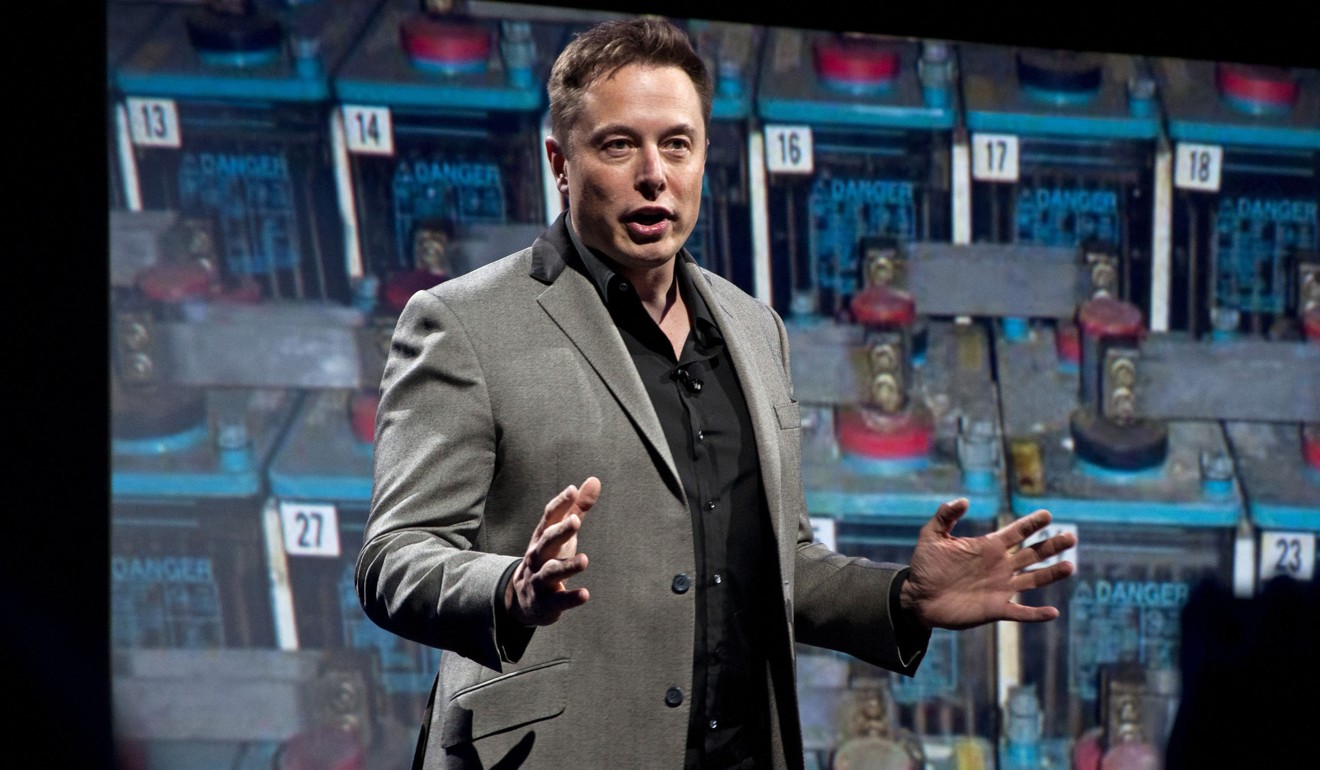
The Model 3 delivers on its promises – mostly. The sleek medium-sized sedan, in its base model, is powered by a lithium-ion battery, attached to a permanent magnet motor, that will accelerate the rear-wheel-drive car from zero to 60mph (100km/h) in 5.6 seconds and on to a top speed of 130mph.
Baidu leads Tesla, Uber and Apple in developing self-driving cars
That battery pack is capable of running up to 220 miles between charges and can be recharged at the rate of 130 miles of range per half-hour at one of Tesla’s Supercharger stations – or at the rate of about 30 miles per hour from a 240-volt system.
The upgraded battery pack – which adds US$9,000 to the base price – can move the Model 3 from zero to 60 miles per hour in 5.1 seconds, and up to 140mph. Its range is 310 miles between charges, with a Supercharger recharge rate of 170 miles of range per half-hour, or 37 miles per hour from a 240-volt system.

The 3s have a four-year (or 50,000 miles) warranty. The standard battery comes with an eight-year, 100,000-mile warranty; the upgraded system is guaranteed for eight years and 120,000 miles.
Another Chinese Tesla wannabe? This one may be different
Compared to the S and X, the 3’s acceleration rates are slow. Compared with most other US$35,000 sedans, they are impressive. The four-door, five-passenger Model 3, weighing in at a reported 3,549 pounds (1,609kg), 3,814 with the long-range battery, turns like a much lighter vehicle.
From a full stop around town or from cruising speed on the road, the car accelerates smoothly and stealthily, with virtually no sound or vibration. Its regenerative braking function allows for a lot of single pedal driving, as taking pressure off the accelerator forces the car to slow almost to a stop.
On the outside, the 3’s strong lines echo the styling of its bigger Model S and Model X siblings. The face is friendly but, like Hello Kitty, it has no mouth – needing no grille to suck in air to cool an internal combustion engine.
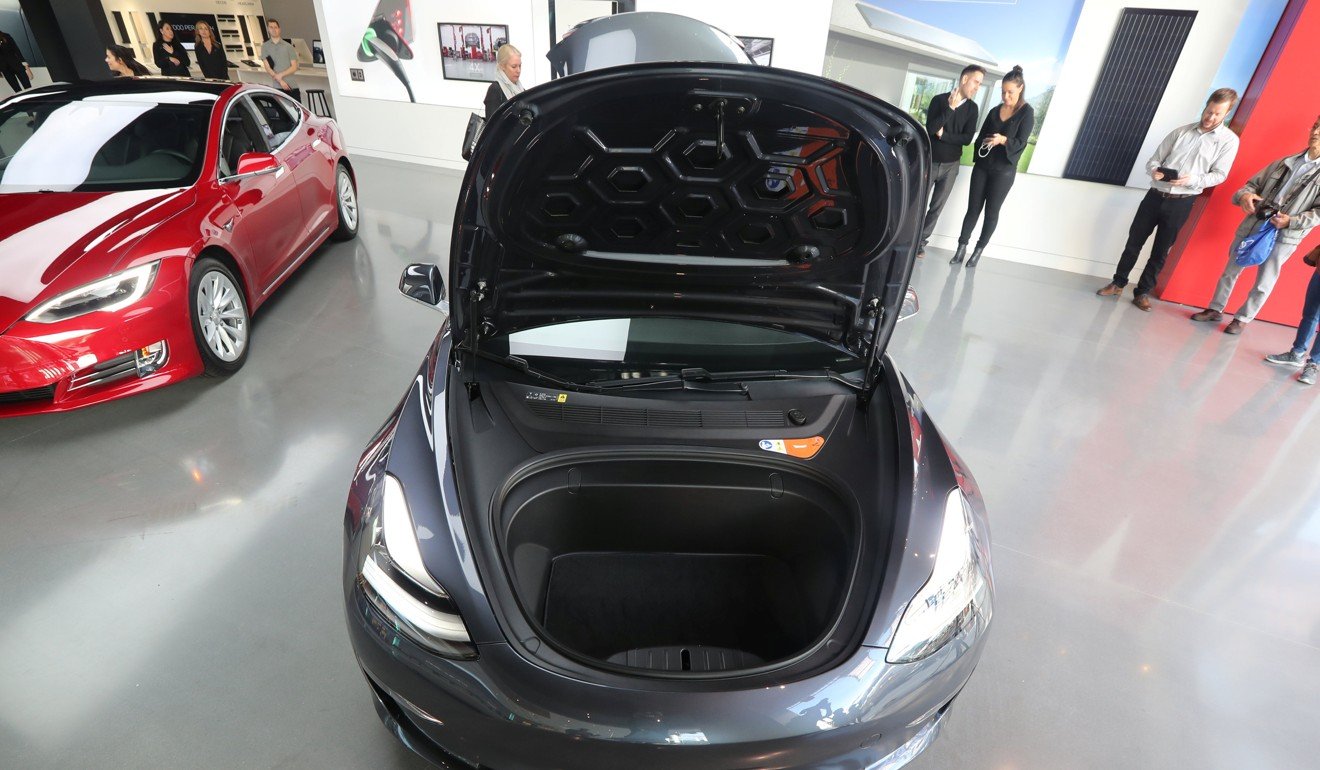
The inside may be the vehicle’s most dramatic feature. Textile covers – leather with the premium package – wrap extremely comfortable driver and passenger seats. The use of glass instead of metal and fabric for the roof material allows for excellent head room and a sense of airy openness. Three full-sized adults can fit snugly in the rear seats, which offer adequately good leg room.
The rear seats fold flat too, which creates a really roomy boot – in addition to the front space under the bonnet.
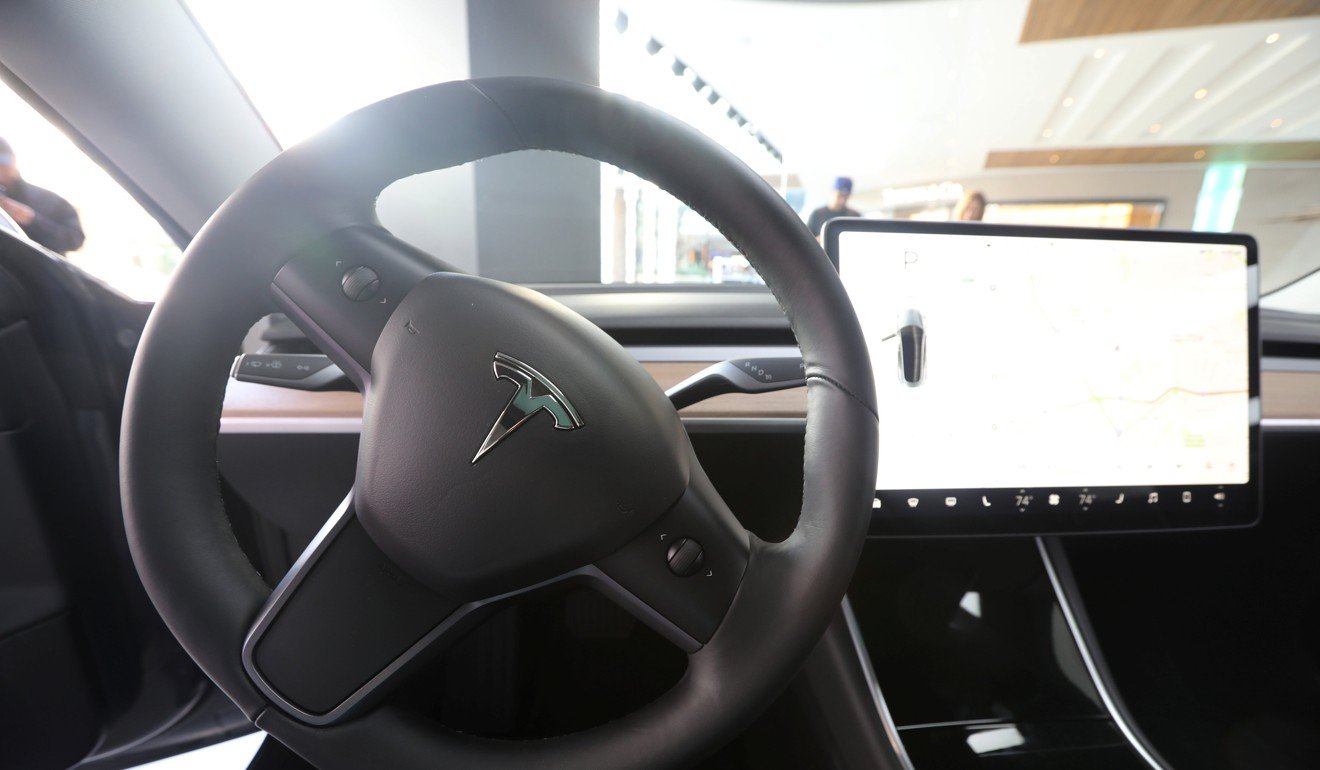
Instead, the dash line is one long “air blade”. All the vehicle information normally relayed through dashboard dials is contained in a single, centrally mounted, 15-inch touch-screen display.
Hong Kong’s electric car market comes to emergency stop after tax waiver scrapped, but does that really mean air pollution will be worse?
On one side of the screen is a section containing essential driving details. On the other are navigation and entertainment choices. Directly in front of the driver is nothing but windscreen.
It is from this central touch screen that the driver adjusts audio choices or volume, selects temperature or fan speed, sets windscreen wiper intervals, turns on the demister, accepts telephone calls or chooses seat heating.
The only permanent switch inside the vehicle is the emergency flasher, apparently mandated by law. The only fixed buttons are a dial in the steering wheel that can be used to adjust the mirrors or raise and lower the audio volume, and the buttons used to operate the windows.
Some drivers will complain that the use of the touch screen requires them to take their eyes off the road, for something as simple as turning on the fog lights or opening the glove box – for which there is no switch or button.
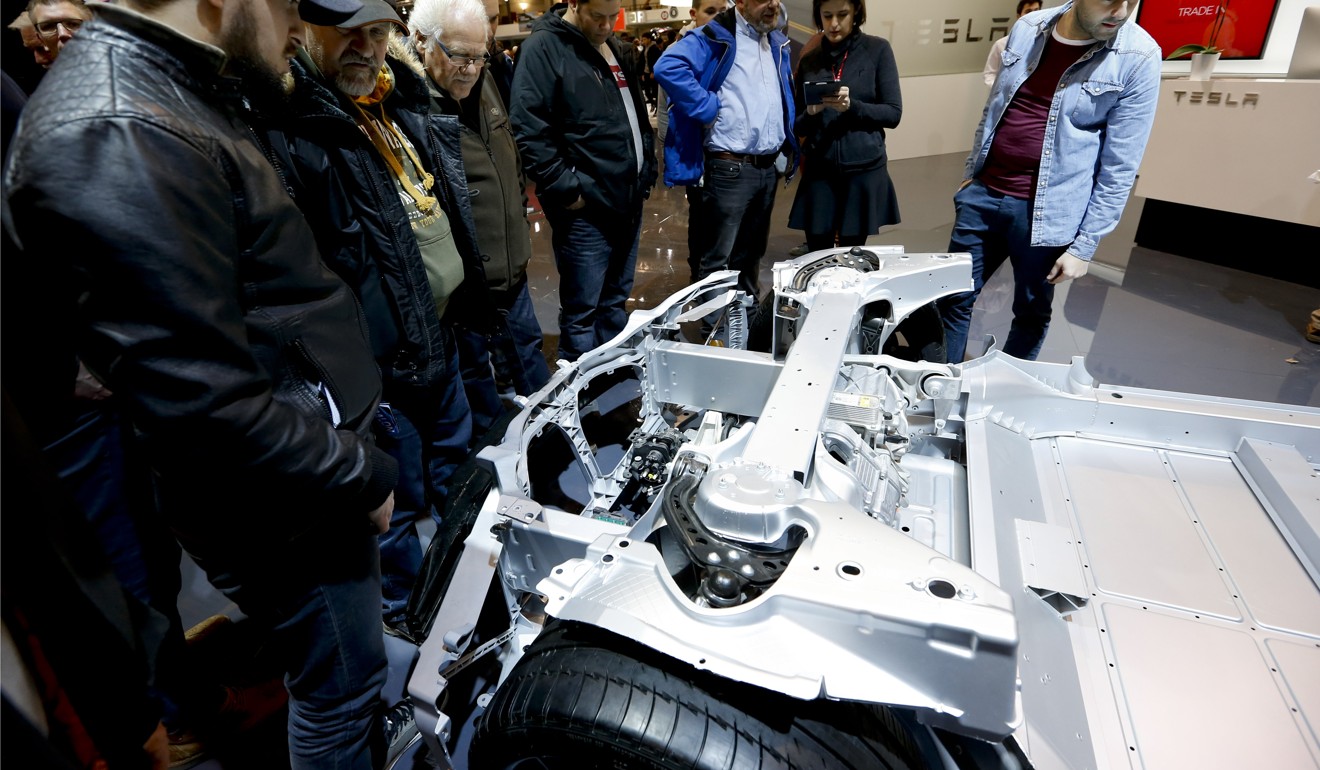
Some pre-ordering Model 3 customers have been dismayed to discover that their base model cars won’t include Autopilot, which under certain conditions will do all the steering, braking and accelerating required for safe driving. Instead, the base model contains what Tesla calls “automatic emergency braking and collision avoidance”. Autopilot will cost an extra US$5,000.
Elon Musk asked his Twitter followers for Tesla feedback – here’s what they said
As I found when I drove the Model S and the Model X, the driver-assist Autopilot package is beyond the best in its class. Though it balked periodically – the system seemed confused by highway interchanges – Autopilot manoeuvred seamlessly across 100 miles of roadways without any unnecessary drama.
There is other cool technology on board the Model 3. The voice-activated command system is top notch, as is the backup camera. The keyless ignition system allows the operator to start the car remotely and set the inside temperature or choose charging times. The navigation screen will identify the closest charging stations and their charging rates.
And the Model 3’s Autopark system is very effective. As a notoriously bad parallel parker, I was delighted to see how well the 3 angled into tight spaces without any driver input.
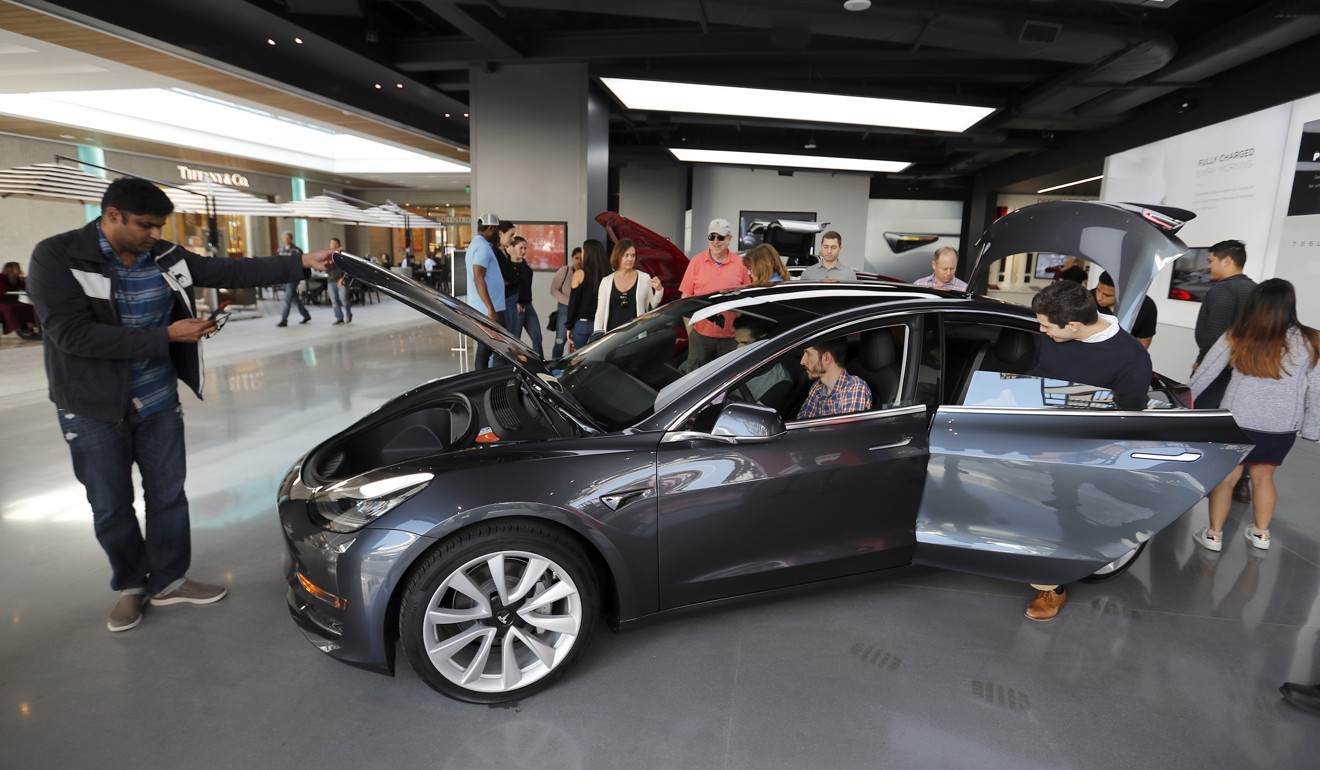
China already the clear powerhouse in electric cars
Over three days of driving, while I was enjoying the acceleration and silent sporty feel of the 3, I didn’t do a very good job of maximising range. Though the unit I drove was fitted with the US$9,000 “long-range battery” upgrade – as well as other upgrades for the enhanced Autopilot, premium interior, special wheels and special paint – I found I had only 52 per cent of battery power remaining after I’d driven my first 100 miles, suggesting that my total distance between recharges would be closer to 220 miles than the promised 310, unless I began driving more conservatively.
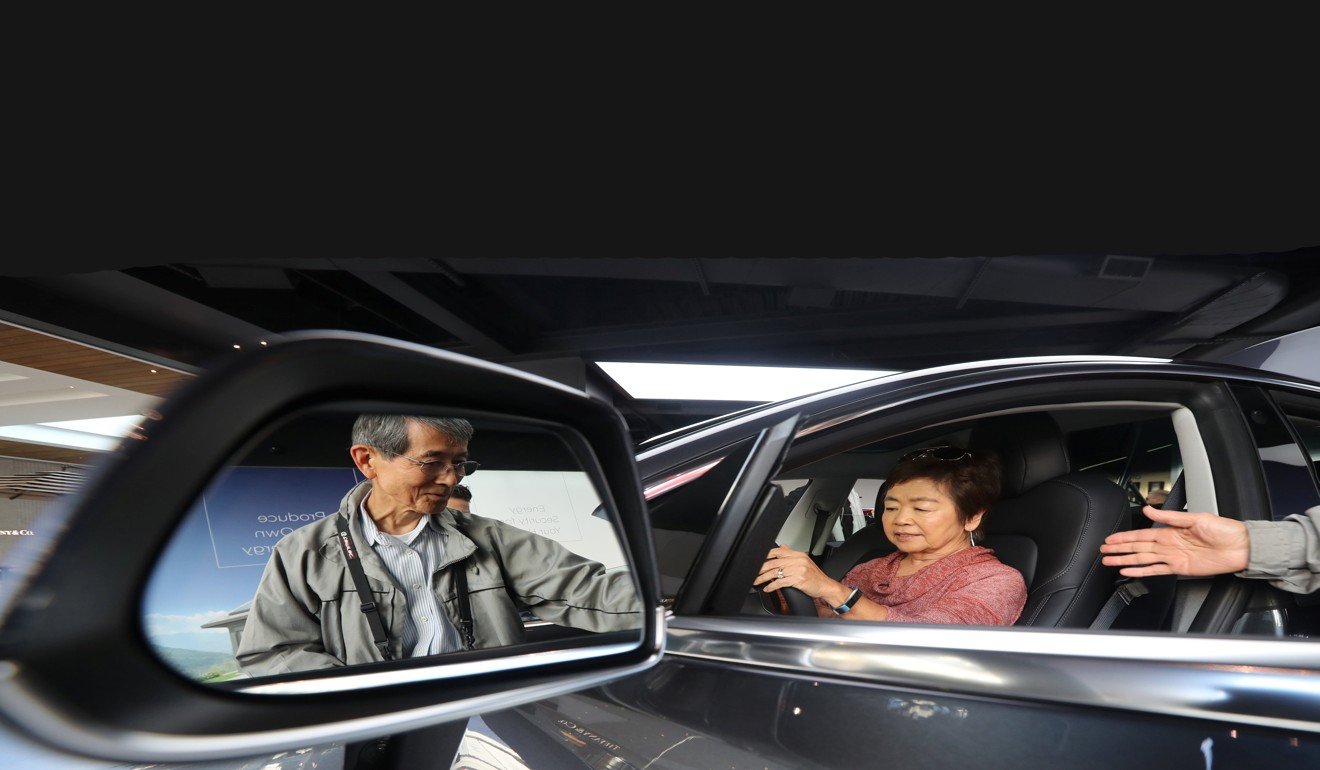
Will owners like their cars? That may depend on which 3 they’ve ordered. I drove the top-of-the-line version but wasn’t able to test or even see one of the base models. So it’s difficult to know just how stripped-down a stripped-down model would feel.
It also may depend, after the long wait and resulting high expectations, on what drivers think they’re buying. If they’ve driven an S or X and are expecting the same build quality and performance, they may be disappointed. If they’ve never driven an electric car, they’ll be blown away.

